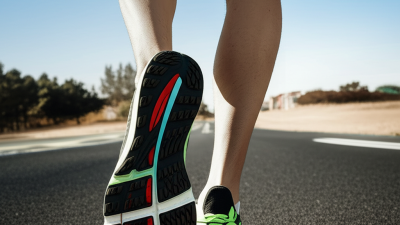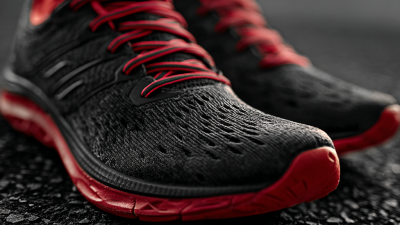
Choosing the right sports shoes is crucial for men who aim to enhance their performance, reduce injury risks, and improve comfort during physical activities. According to a 2021 report by the American Podiatric Medical Association, approximately 70% of men have experienced foot pain due to improper footwear choices. The running industry continues to evolve, with a projected growth rate of 6.5% annually, indicating a rising demand for specialized sport shoes men that cater to various athletic needs.
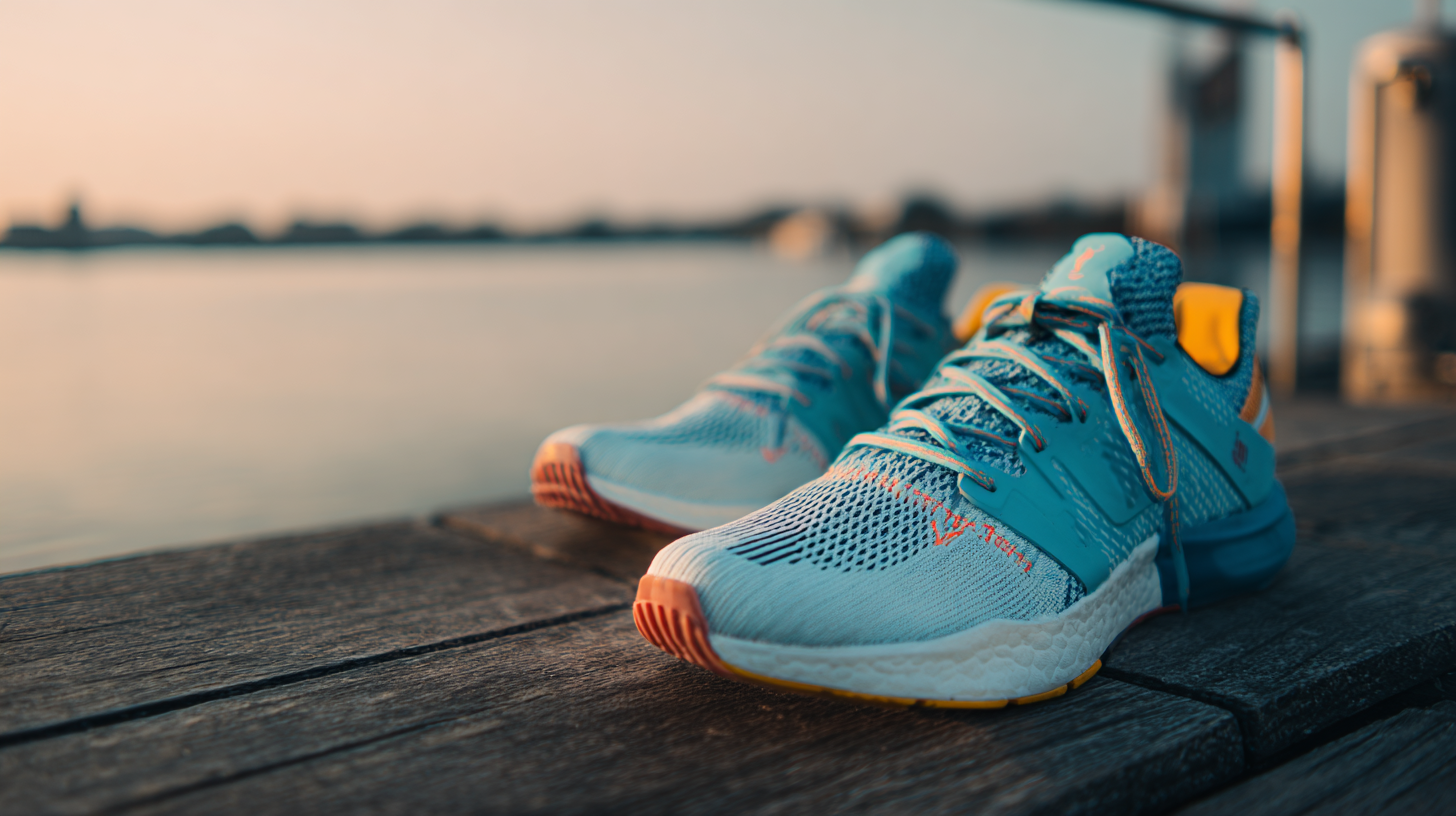
Furthermore, a study published in the Journal of Sports Medicine highlights that wearing shoes designed for specific sports can boost performance metrics by up to 8%. This insight underscores the importance of selecting the right footwear, highlighting how key factors like fit, cushioning, and support can significantly impact overall athletic success. In this guide, we delve into expert insights and data-driven tips that will assist men in making informed choices when selecting their sport shoes.
When choosing the right sports shoes, understanding your foot type is crucial for achieving optimal performance. Feet come in various shapes, including flat, neutral, and high arches, and recognizing your arch type can significantly influence your comfort and support during physical activities. Flat-footed individuals may require more stability and motion control, while those with high arches often need extra cushioning to absorb shock.
**Tips:** To determine your foot type, try the “wet test.” Wet your foot and step on a piece of cardboard or paper. The imprint will reveal your arch type: a flat imprint indicates flat feet, a moderate curve suggests neutral arches, and a narrow band corresponds to high arches. Knowing this can guide your selection of sports shoes tailored to your specific needs, enhancing your athletic performance.
Additionally, consider the width of your feet, as sports shoes come in various widths. If your shoes feel tight, it could lead to blisters or discomfort. Always try on shoes at the end of the day when your feet are slightly swollen for a more accurate fit. This attention to detail in understanding your foot type and size will help you find the ideal sports shoes that not only enhance performance but also provide lasting comfort.
When selecting the right sports shoes for optimal performance, men should consider several key features that significantly impact their athletic capabilities. The increasing global market for sports footwear, projected to reach a value of approximately $8.77 billion by 2025, reflects the importance of these products. As competition intensifies, footwear designed specifically for men’s sports not only enhances performance but also addresses comfort, support, and durability.
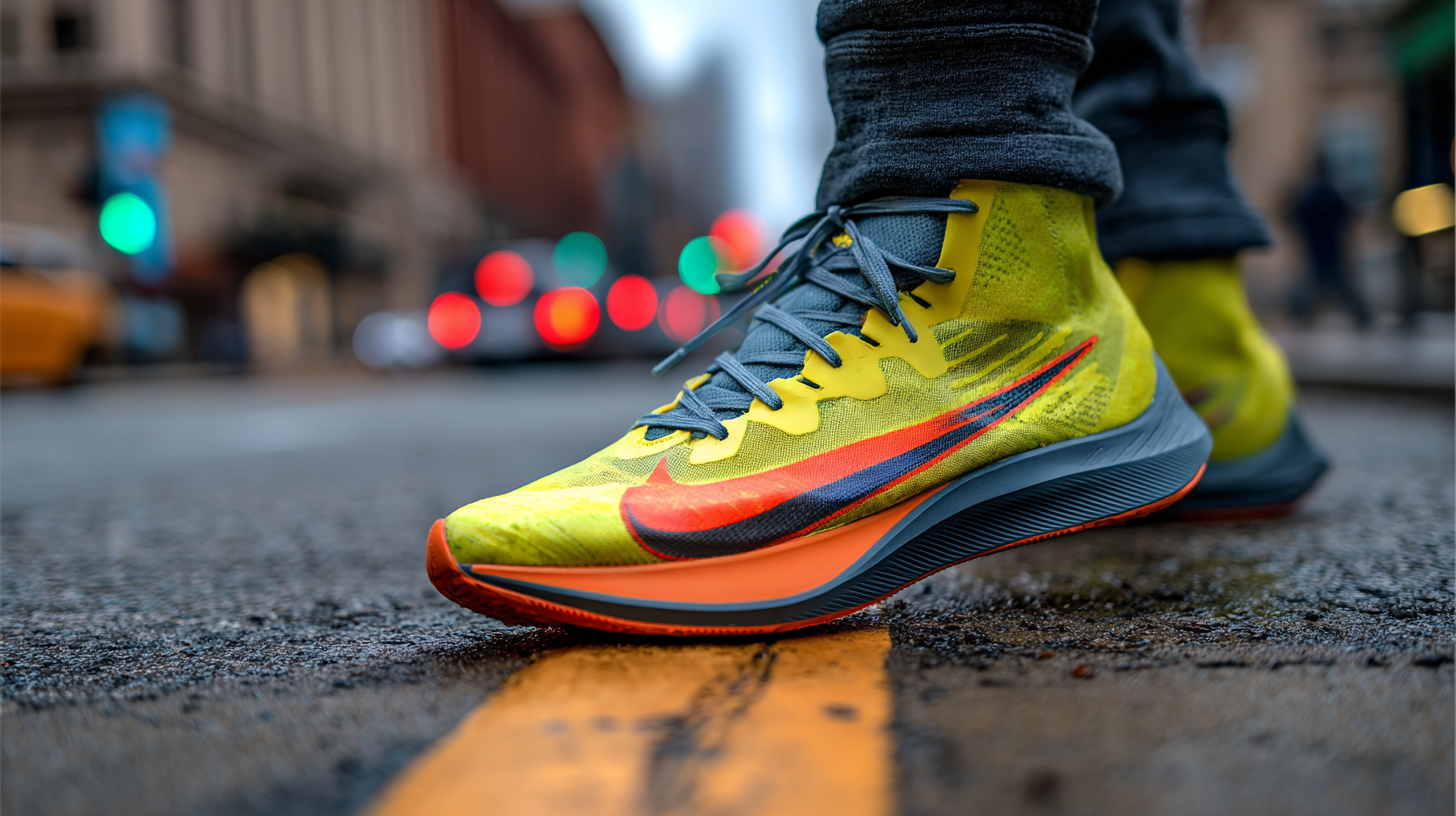
Key features to look for in men’s sports shoes include proper cushioning, breathability, and the type of material used in construction. Data suggests that shoes made with high-quality materials such as rubber and polyurethane offer superior support and longevity. Furthermore, specialized designs tailored for particular sports can provide added benefits; for instance, tennis shoes feature stability and traction suited for rapid lateral movement.
With the global sports footwear market expected to grow at a compound annual growth rate of 7.5% until 2033, investing in the right pair of shoes is essential for maximizing performance on the court or field.
When selecting sport shoes, the right cushioning is crucial for enhancing performance and reducing the risk of injury. Different activities demand various types of cushioning to provide adequate support.
For instance, running shoes typically feature lightweight cushioning designed to absorb shock, which is essential for the repetitive impact of running. In contrast, basketball shoes require firmer cushioning to support lateral movements and quick stops, promoting stability and agility on the court.
To identify the appropriate shoe cushioning for your activity, consider the nature of your chosen sport. For high-impact activities, such as running or jumping, shoes with extra cushioning will help reduce strain on your joints. Conversely, if you partake in activities that involve quick directional changes, such as soccer or tennis, selecting shoes with moderate cushioning will offer a balance of comfort and responsiveness.
Additionally, ensure you assess the fit of the shoe and test the cushioning by trying them on, as personal preference plays a significant role in determining the most suitable option for your needs.
Selecting the right sport shoes is crucial for enhancing performance and preventing injuries, particularly when considering specific terrains and activities. According to a report by the American Orthopaedic Foot & Ankle Society, 68% of sports-related injuries are linked to inappropriate footwear. Different terrains, whether it be running on pavement, trails, or engaging in court sports, require tailored shoe features. For instance, trail running shoes are designed with rugged outsoles and enhanced grip, catering to uneven surfaces and providing stability, which is vital for reducing the risk of slips and falls.
Additionally, data from the Sports & Fitness Industry Association indicates that over 60% of athletes prefer shoes designed specifically for their sport, highlighting the importance of activity-specific features. Shoes designed for basketball often prioritize ankle support and cushioning, while those for tennis focus on lateral stability and grip. The right choice can improve performance metrics, with studies showing that athletes using appropriate footwear report an average 15% increase in efficiency, showcasing the undeniable impact of proper terrain and activity-specific shoe selection on athletic performance.
This chart illustrates the performance scores of different sport shoes suited for various terrains. A higher score indicates better suitability and performance for that specific activity. Choosing the right shoe based on the terrain can significantly enhance overall performance.
When it comes to maintaining optimal performance in sports, understanding when to replace your sports shoes is crucial. Over time, the materials in running shoes degrade, which can lead to decreased support and cushioning. Experts recommend replacing running shoes every 300-500 miles, depending on your running style, body weight, and the shoe's construction. Regularly assessing the wear patterns on your shoes can help you make informed decisions about when to retire them.
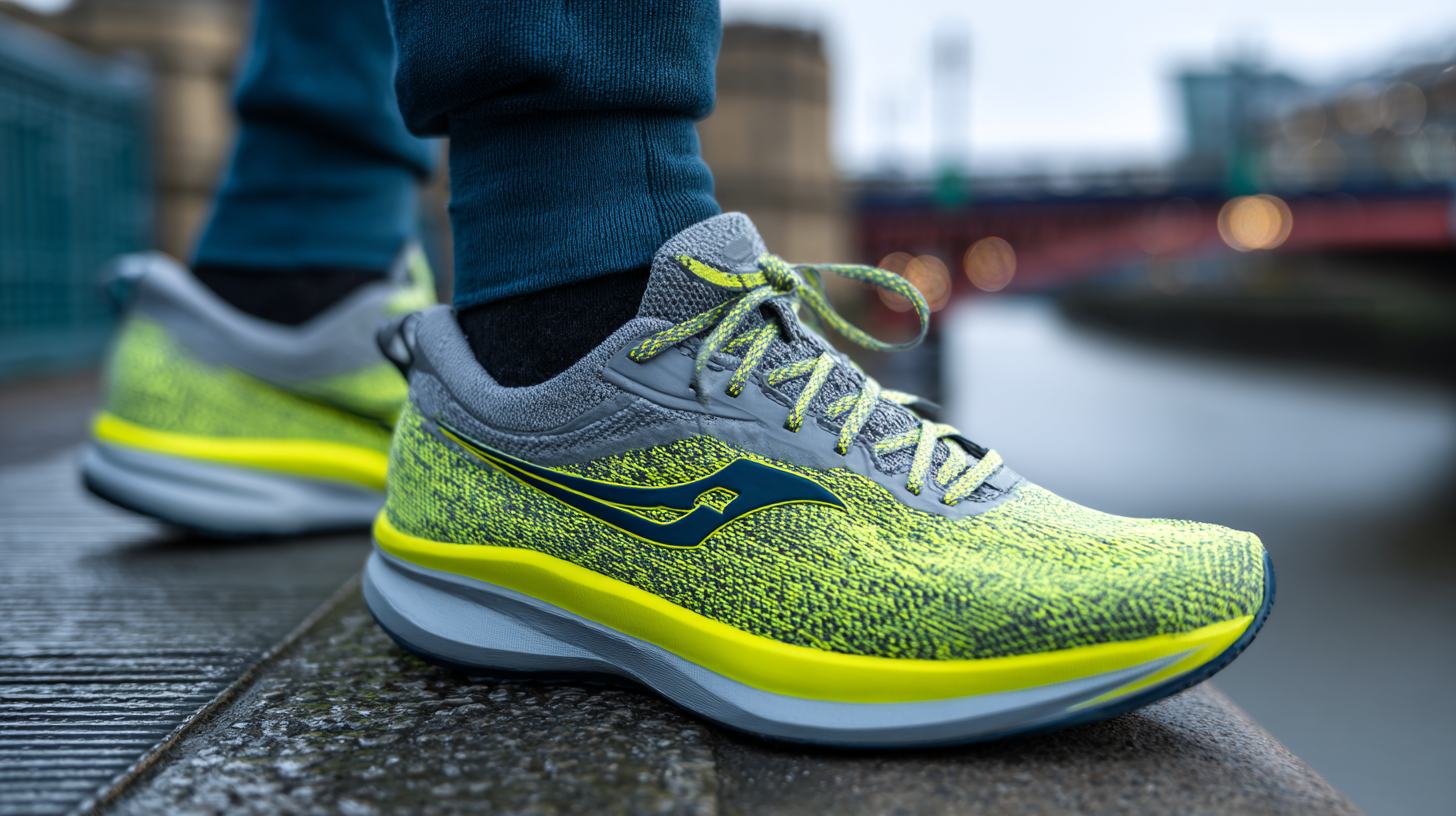
Furthermore, many athletes benefit from the practice of rotating between different pairs of shoes. This approach allows for better shock absorption and reduces the risk of injury by giving each pair time to recover between runs. By combining this strategy with careful tracking of mileage, you can ensure that your footwear continues to support your performance, keeping you safe and enhancing your overall running experience.

